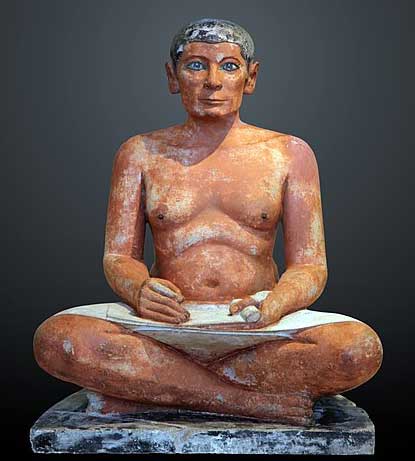BASQUE-ICELANDIC PIDGIN
Basque whale hunters who sailed to the Icelandic Westfjords developed a unique pidgin language as a means of rudimentary communication with locals - not a mixture between Basque and Icelandic, but between Basque and other Germanic & Romance words. 1/

Basque whale hunters who sailed to the Icelandic Westfjords developed a unique pidgin language as a means of rudimentary communication with locals - not a mixture between Basque and Icelandic, but between Basque and other Germanic & Romance words. 1/


Less than a handful of manuscripts containing Basque-Icelandic vocabulary survive, and so our knowledge today about the pidgin is limited. The two most important Basque-Icelandic glossaries were found amongst the papers of the 18th century scholar Jón Ólafsson of Grunnavík. 2/ 

Jón Ólafsson's manuscripts included the 'Vocabula Gallica' written in the latter part of the 17th century, with 16 pages containing 517 words & short sentences and 46 numerals; and the 'Vocabula' Biscaica' with 229 words & short sentences, and 49 numerals. 3/ 

More recently, in 2008, two pages of previously unrecognized Basque–Icelandic glossary were identified in an 18th century manuscript at the Houghton Library, originally collected by the German historian Konrad von Maurer when he visited Iceland in 1858. Some examples: 5/ 

Remarkably though, Basque-Icleandic pidgin is not the only recorded Basque pidgin. Algonquian–Basque pidgin was spoken by Basque whalers and various Algonquian peoples in the Gulf of Saint Lawrence. It was in use from at least 1580 until 1635, and was last attested in 1711. 6/ 

For further reading on Algonquian-Basque pidgin, see Peter Bakker's 1989 paper: 'The Language of the Coast Tribes is Half Basque': A Basque-American Indian Pidgin in Use between Europeans and Native Americans in North America, ca. 1540-ca. 1640". 8/
jstor.org/stable/30027995
jstor.org/stable/30027995

As you'd expect from a fishermen's argot, the language in these Basque pidgins is...salty. In one glossary, we find the phrase 'Sickutta Samaria' translated into Icelandic as 'serda merina' - defile the mare. Sicutta is Basque 'xikotu', so the phrase means "Go fuck a horse". 9/ 

• • •
Missing some Tweet in this thread? You can try to
force a refresh




















